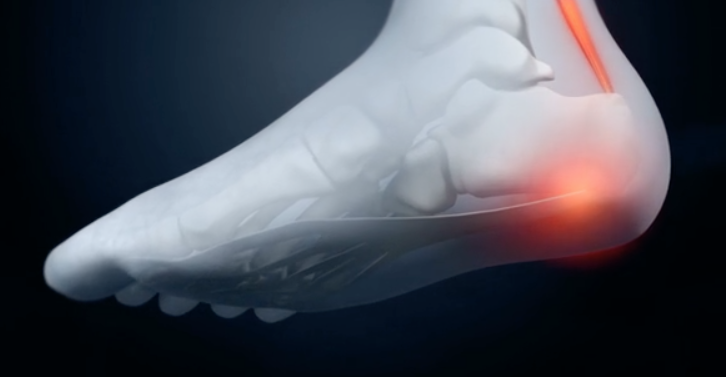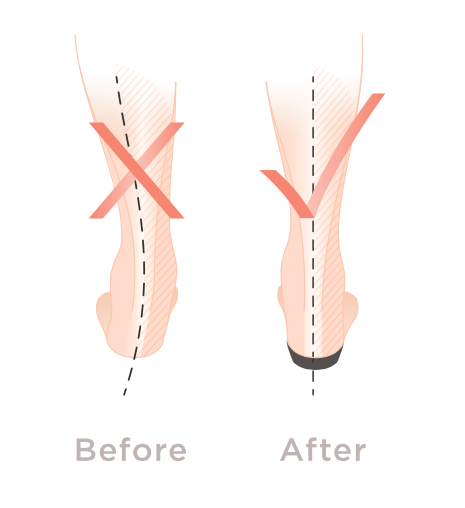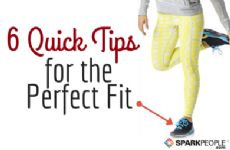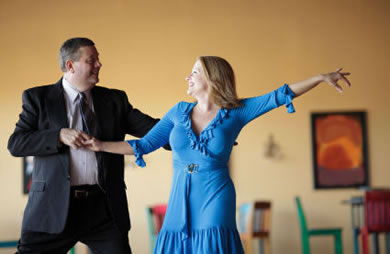 Repeat after us: Ignoring your foot pain will not make it go away. And contrary to popular belief, there are steps you can take to reduce these pains and help prevent them from coming back. Read about some of the most common issues that Trevor Prior, a practicing podiatrist and podiatric surgeon and a member of the Vionic Innovation Lab, sees in his practice. Repeat after us: Ignoring your foot pain will not make it go away. And contrary to popular belief, there are steps you can take to reduce these pains and help prevent them from coming back. Read about some of the most common issues that Trevor Prior, a practicing podiatrist and podiatric surgeon and a member of the Vionic Innovation Lab, sees in his practice. Many foot problems are related to inappropriately fitting shoes. Our study at Homerton University Hospital demonstrated that 90% of patients and 90% of volunteers were in the wrong-sized shoes. For a shoe to fit properly, it should be the same shape as the foot, 1 cm longer than the longest toe and ideally have a lace to hold the shoe in place. Simply having the right size shoe can reduce or minimize problems. Problems with the big toe joint are not uncommon. Stiffness in the joint can be a sign of early arthritis and the joint will become progressively stiffer. Generally, pain will be within the joint or on the top and there may be a prominent bone on the top of the joint. This is not always painful but if it is, it is well worth getting an opinion. A stiff-soled shoe which is curved upwards towards the toes (rocker sole) can help in more advanced cases. Inserts (orthoses) inside the shoe can help to reduce load and improve function. Sometimes injections can help and when necessary, surgery.  A bunion (Hallux Valgus) is where the big toe deviates towards the lesser toes and the joint becomes prominent on the inside of the foot. Again, simple measures such as comfortable shoes and inserts may help with pain.  Pain beneath the heel is most commonly due to a condition called plantar fasciitis. The plantar fascia runs from the heels to the toes, and it is common for symptoms to be felt beneath the heel. Too often, people ignore this thinking it will go away only for it to get progressively worse, so that everyday walking is very painful. It is common to experience pain when you get out of bed in the morning. It then eases with walking but will be there when you get up after sitting for a period of time. As it gets worse, it is present more of the time. The best thing is to try and treat it when you first get the signs. Rest from impact activity, (wearing supportive shoes but with a softer sole), use shoe inserts (orthoses) and try calf stretches and rolling the heel over a bottle of frozen water for five minutes Pain beneath the heel is most commonly due to a condition called plantar fasciitis. The plantar fascia runs from the heels to the toes, and it is common for symptoms to be felt beneath the heel. Too often, people ignore this thinking it will go away only for it to get progressively worse, so that everyday walking is very painful. It is common to experience pain when you get out of bed in the morning. It then eases with walking but will be there when you get up after sitting for a period of time. As it gets worse, it is present more of the time. The best thing is to try and treat it when you first get the signs. Rest from impact activity, (wearing supportive shoes but with a softer sole), use shoe inserts (orthoses) and try calf stretches and rolling the heel over a bottle of frozen water for five minutes  (put a thin tea towel over the bottle to avoid a burn from the cold) to help lessen the pain. If it is not settling, see a specialist before it gets too bad so they can advise of other options. (put a thin tea towel over the bottle to avoid a burn from the cold) to help lessen the pain. If it is not settling, see a specialist before it gets too bad so they can advise of other options. .jpg) About Vionic Footwear About Vionic FootwearVionic footwear merges unparalleled biomechanical technology with versatile, modern design fit for every occasion. Developed by Philip Vasyli renowned Australian podiatrist and founder of Orthaheel® Technology, Vionic shoes help restore natural foot function and relieve heel pain, promoting a more active lifestyle. Vionic shoes and orthotic inserts are also endorsed by noted integrative medicine expert, Dr. Andrew Weil. With premium materials, artful construction and streamlined silhouettes, Vionic’s men’s and women’s collections provide standout style with exceptional comfort and functionality. For additional information about Vionic with Orthaheel Technology, please visit VionicShoes.com. |
Related Entries
More From SparkPeople
|
.jpg)





















.jpg)